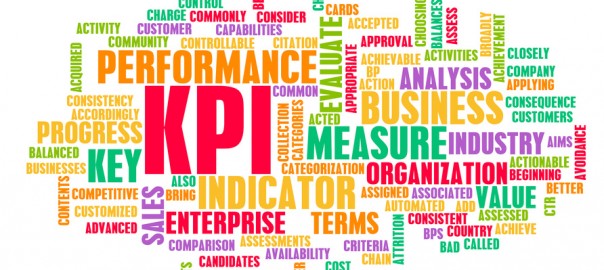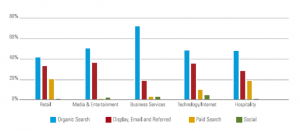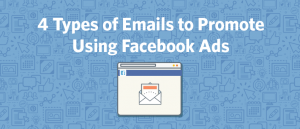So, you’ve built an amazing website or mobile app, complete with the latest and greatest CSS styling, recommendation engines and social plugins. There’s only one problem: your site is getting tons of traffic, but no one is registering or logging in.
A clear, comprehensive understanding of consumer identity is becoming increasingly vital to driving KPIs like ad revenue and shopping cart conversions. Businesses looking for a competitive edge must focus on turning anonymous site visitors into known, loyal and engaged customers.

Let’s take a look at three common consumer roadblocks to online registration, and some of the strategies leading, identity-driven businesses are taking to drive user acquisition.
“What’s in it for me?”
Face it – there are millions of other websites where your potential customers can go to catch up on the local news, book that flight or buy those shoes. Requiring users to register for your site and provide you with their personal information to access these goods and services does require some incentive.
On the front end, let users know why they should register for your site, and how they will benefit from sharing their information. On the back end, make sure you have a customer identity management database in place that can not only capture and reconcile all types of returned user data, but can also share the data with your recommendation engine, email service provider and more for truly personalized customer experiences.
“They want to know what!?”
Asking for a user’s gender, date of birth, credit card number and mother’s maiden name during initial site registration is like talking about marriage on a first date – too much too soon. In fact, nearly 85% of US consumers have abandoned registering for a site or app because they were uncomfortable with the amount or type of data being requested.
Think of registration as the first step in a long-term relationship, and make sure that the amount and type of information you request corresponds with your current level of customer interaction and intimacy. Ask only for necessary information upfront, and leverage progressive profiling to collect additional data over time as the relationship deepens and trust is built.
“Another username and password?”
The average online user has 25 separate online accounts and 6.5 different passwords. If you do the math, that can equate to hundreds of possible username and password combinations. For many users, the last thing they want is another set of login credentials to remember. Rather than force these potential customers to fill in fields or abandon the site altogether, give them the option to authenticate using their existing, pre-verified social or payment identities such as Facebook, PayPal or Amazon.
Not only does social login reduce barrier to site entry, but it also enables users to share valuable, first-party information about themselves with your brand in just two clicks. What’s more, approximately 60% of US consumers say they use social login “often” or “always” when given the option, compared to just 35% in 2012.
The Anatomy of a Successful Registration Experience
Here are just a few examples of brands getting it right when it comes to driving user acquisition.
The Marilyn Denis Show’s website boasts a perfect example of an effective registration page. The page clearly lists the benefits of becoming a registered user, and also states the data points being collected, doesn’t ask for too much information at once and lets users know upfront that their data is protected.

Encyclopaedia Britannica offers users a clean and simple registration experience. Visitors have the choice to authenticate traditionally using an email address, or via one of five different identity providers.

Warner Music recording artist Hunter Hayes’ website offers visitors a fast and easy way to identify themselves by putting social login front and center while still giving users the option to register with a username and password. Registration benefits are also clearly listed.

For more information and examples pertaining to increasing user acquisition and developing an end-to-end customer identity management strategy, download our free Social Login 101 eBook.
(278)








